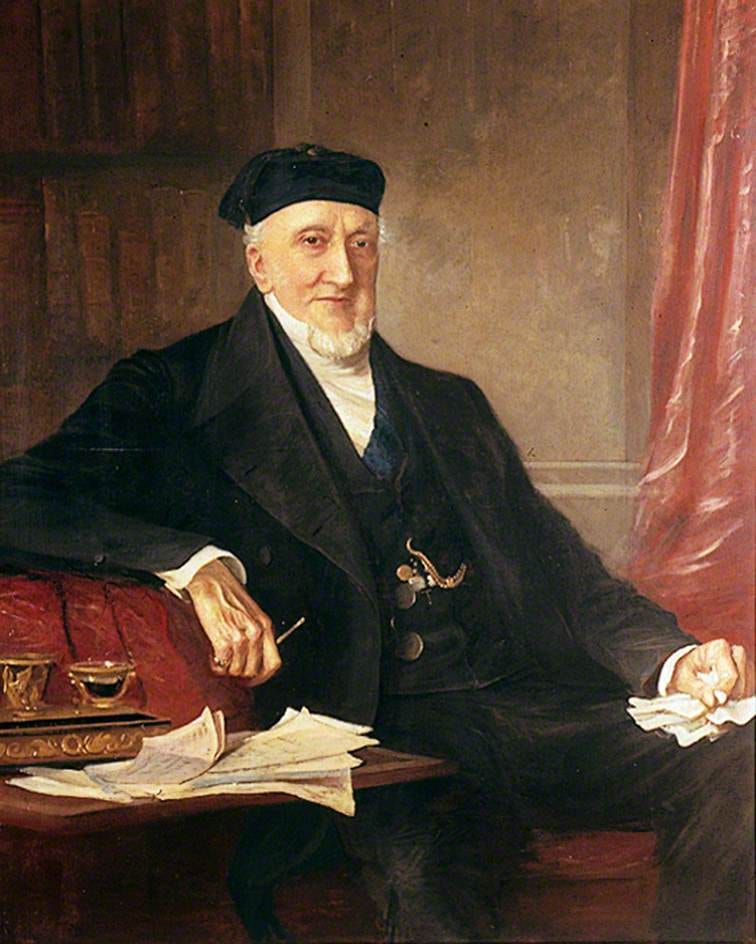Sir Moses and the Shah
I wrote last week about the forced conversion to Islam of the Jews of the Iranian city of Mashhad, I mentioned that it took another 20 or 30 years before European Jewry woke up to the conditions under which Persian Jews were living. This week’s piece is about what happened when the European Jews finally woke up.
Although Jews in Islamic countries rarely suffered the same degree of persecution as in Christian Europe, Persia was one of the least pleasant places for Jews to live. From the early 16th century Persia’s rulers had followed a version of Shia Islam in which all non-believers were treated as ritually unclean, forced to live under extreme restrictions and generally excluded from all but the most menial of trades. For example, the 16th century Shah, Ismail II, refused to mint new coins because they contained a holy declaration on the reverse side and he could not bear to think of them being touched by non-believers. Another Shah is said to have thrown a golden ring into the sea because it had been made by a Christian goldsmith.
Episodes like these carried on for centuries. The forced conversion of the Jews of Mashhad in 1839 was just the most egregious example of a persecution that seemed to have no end. The 19th century Jewish traveller David d’Bet Hillel reported that he could not obtain lodging in a Muslim village because the locals believed that, as a Jew, his presence would defile their houses.
However, by the middle of the 19th century European Jewish travellers started to visit Iran and were sending home report on the conditions under which the Jews lived. And in 1848 a Persian Jew, Nissim ben Salomon, turned up in Canada on a fund-raising mission for his community back home. An appeal was launched ,in the synagogues and churches of Montreal. Elsewhere though, nothing happened. The rest of the world paid little attention to the plight of Persia’s Jews.

